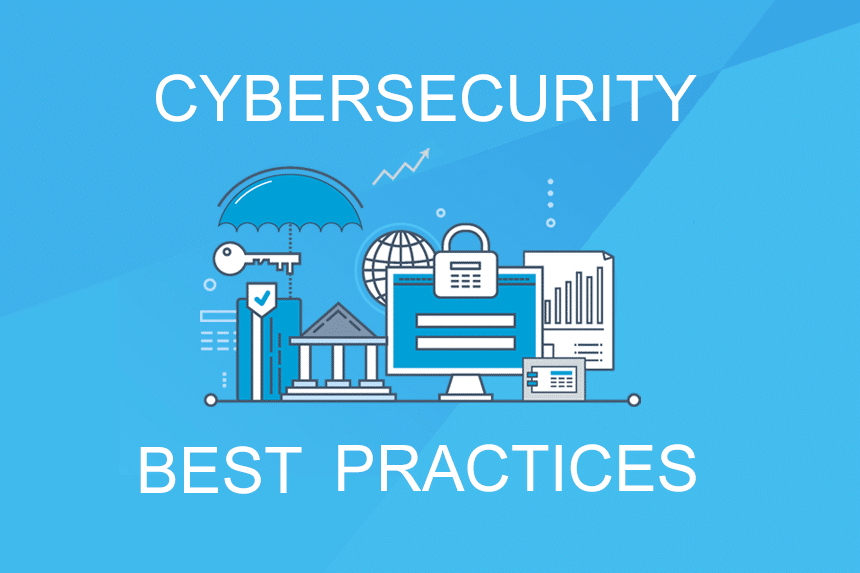Best practices in IT security

In today’s digitally driven world, protecting an organization's information and infrastructure is paramount. In this post, we delve into the essential practices in information technology (IT) security that can help safeguard your assets against the ever-evolving threats.
Understanding these practices not only benefits IT professionals but also empowers employees across all departments to contribute to the security posture of their organization.
Understanding the Threat Landscape
The first step in enhancing your IT security measures is to understand the types of threats your organization may face. This includes malware, phishing, ransomware, and insider threats, among others. Awareness of these threats will inform the strategies and technologies you deploy.
Regular training sessions for staff on recognizing and responding to threats are crucial. Such education ensures that everyone becomes a proactive agent in the defense against cyber attacks.
Investing in threat intelligence tools can also provide real-time insights into emerging threats, allowing for quicker response and mitigation.
Implementing Strong Access Controls
Access controls are critical in ensuring that only authorized individuals have access to sensitive information. This involves setting up strong, unique passwords and implementing multi-factor authentication (MFA) to add an extra layer of security.
It’s equally important to regularly review and update access permissions, especially after changes in employment status or roles within the organization. The principle of least privilege should guide these reviews, granting individuals access only to what they need to fulfill their duties.
Adoption of Encryption Technologies
Encrypting data, both at rest and in transit, can significantly reduce the risk of unauthorized access. Even if data is intercepted or breached, encryption ensures that it remains unintelligible to the intruders.
Deploying end-to-end encryption for communication channels and using secure sockets layer (SSL) certificates for websites are examples of best practices in safeguarding data integrity and confidentiality.
Routine Security Audits and Penetration Testing
Conducting regular security audits and penetration tests is essential to uncover vulnerabilities within your IT infrastructure. These assessments simulate cyber attacks to identify weaknesses in your systems before attackers can exploit them.
Following an audit, it's imperative to address identified vulnerabilities promptly. This continuous cycle of testing and improving fortifies your defenses against attacks.
Adapting to Cloud Security
With the shift toward cloud computing, understanding cloud security best practices has become crucial. This includes using cloud services that comply with industry standards and regulations and ensuring proper configuration to avoid data leaks.
Cloud Access Security Brokers (CASBs) can be instrumental in providing visibility, compliance, data security, and threat protection for cloud services.
Creating a Comprehensive Incident Response Plan
No security measure is infallible, making it essential to have a well-defined incident response plan. Such a plan outlines the steps to be taken in the event of a security breach, including identification, containment, eradication, and recovery.
Regularly testing and updating the incident response plan is crucial to ensure its effectiveness when a real incident occurs.
Continuous Education and Awareness
Lastly, fostering a culture of security awareness and continuous education within your organization is vital. Cyber threats continually evolve, and so should your team's knowledge and skills in detecting and mitigating these threats.
Participating in security workshops, seminars, and courses can keep your team ahead of the curve.
Adhering to these best practices in IT security is not a one-time task but an ongoing journey. As attackers become more sophisticated, staying informed and vigilant is the best defense against cyber threats. Implementing these strategies can significantly enhance your organization’s resilience against cyber-attacks, safeguarding your invaluable data and reputation.

Related